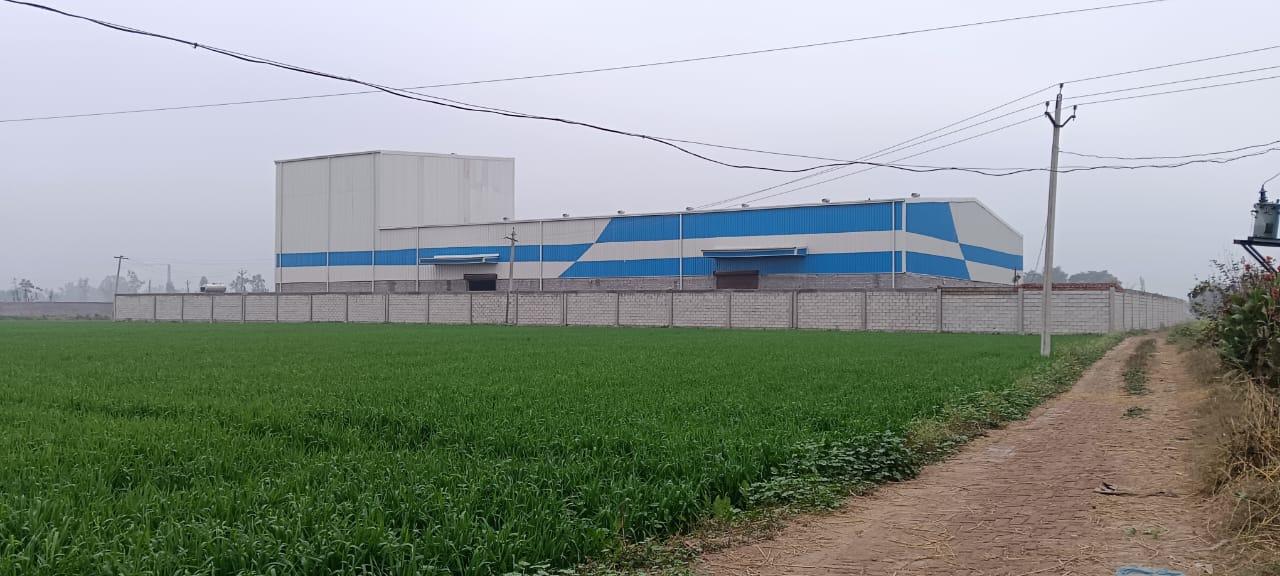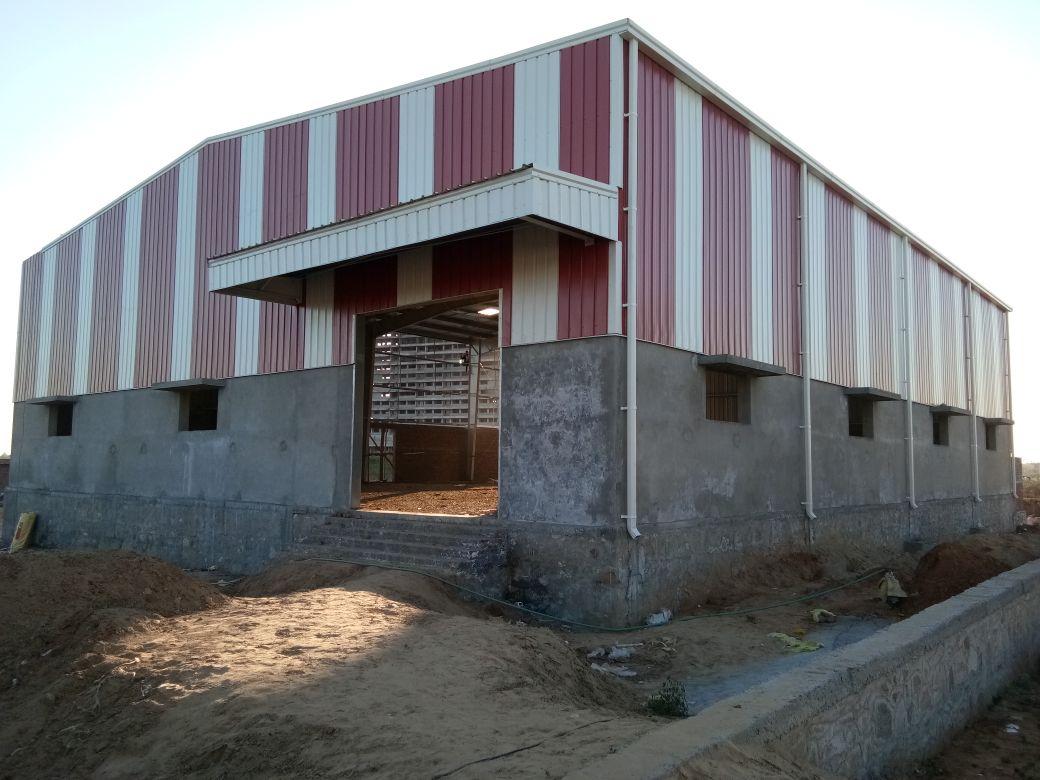Purpose of a Factory Building
The primary purpose of a factory building is to provide a controlled and efficient environment for production. It facilitates the smooth flow of raw materials to finished products, ensures safe working conditions for labor, and supports the installation and operation of heavy machinery. Factory buildings are crucial for maintaining consistent production schedules and achieving industrial output targets.
Key Features
- Spacious Layout: Designed with open floor plans for machinery placement and workflow optimization.
- High Ceilings: To accommodate large equipment, cranes, and ventilation systems.
- Strong Flooring: Built to support heavy industrial loads and frequent movement.
- Ventilation and Lighting: Ensures proper air circulation and natural/artificial lighting for worker safety and comfort.
- Utility Integration: Includes power supply, water systems, waste disposal, and safety systems.
- Structural Durability: Built using steel, reinforced concrete, or prefabricated materials for strength and longevity.
Types of Factory Buildings
- Single-Storey Factory Buildings – Most common; ideal for assembly lines and machinery layout.
- Multi-Storey Factory Buildings – Used when land is limited; involves vertical arrangement of processes.
- Prefabricated Factory Buildings – Quick to construct, cost-effective, and highly customizable.
- Automated Factories – Equipped with robotics and smart technology for modern production.
Applications
- Automobile and machinery manufacturing
- Textile and garment production
- Electronics and electrical goods
- Food processing and packaging
- Chemical and pharmaceutical industries
- Furniture and plastic product manufacturing
Advantages
- Supports high-volume production
- Enables smooth material handling and workflow
- Ensures safety and compliance with industrial standards
- Flexible design for future expansion or process changes
- Cost-efficient in terms of space utilization and operational setup




